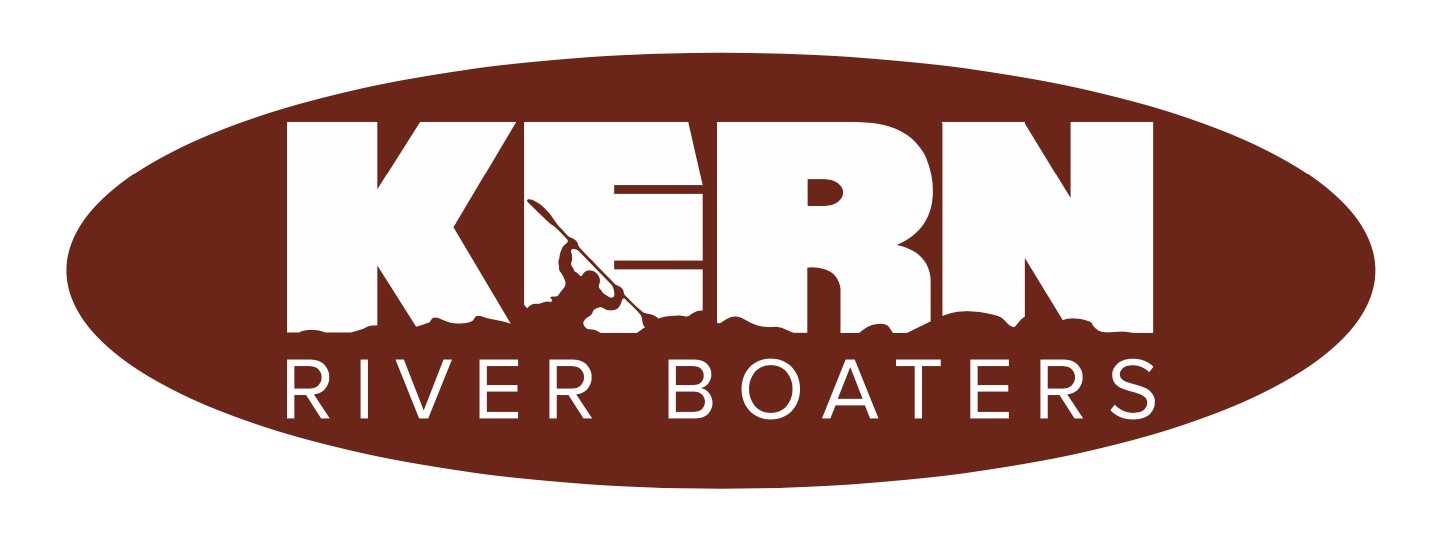Visiting boaters to the Kern often wonder why American Whitewater has no organic connection with the local scene or boating community. There are extremely few continuing members down here. AW seemingly decamped from the Kern immediately after obtaining an awful settlement during the last KR3 relicensing proceeding — indeed, it took action by local boaters to enforce the terms of the settlement it had obtained; AW was asleep at the wheel.
KRB was somewhat surprised when AW expressed interest in the current KR3 proceeding, and asked its regional coordinator Jeff Venturino about it. Venturino explained that AW had not been involved until Tom Moore approached regional steward Theresa Simsiman about using the KR3 relicensing proceeding to get permitting for a whitewater park outside the reach of river affected by the KR3 diversion. Simsiman explained she had “limited bandwidth,” so she put Venturino on the case. Consider that agin: even though the Kern is second only to the American in terms of whitewater boating user days in the state Simsiman directs, and is the inarguably most important river to all of Southern California — a region more than twice as populated as her NorCal base — Simsiman did not have time.
KRB has additional concerns about AW’s representation of the local boating community beyond its failure to prioritize its resources on the North Fork Kern River, that river’s SoCal users, and its potential to sustain a vastly greater boating community if not for severe dewatering by the KR3 hydroproject. Consider:
The current rec schedule on the Upper Kern is based on the calendar plus two tight windows for the “previous day’s average” flow. The previous day’s average flow is obtainable from USGS. Hence, anyone can calculate how many days of additional water should have been triggered by the schedule. In 2014, Edison calculated that number at 14 for the flow data set (1988-2000) used during relicensing. That number has fallen below 8 days per year under the inflows during the term of the amended license (2005-2023). Nevertheless, Simsiman maintained that these figures could not be calculated with USGS data, revealing her fundamental misunderstanding of the nature of this run-of-river hydroproject and the license governing it. That is concerning.
American Whitewater sold its settlement to this community as providing an “increase [in] the number for whitewater releases to 39 days annually.” Of course, with storage based hydro, water is physically “released” from a reservoir. With run-of-river hydro, water is “released” from the diversion point. All boaters would expect a negotiated whitewater release to entail water in addition to that which would have been otherwise available. But as Edison conceded in 2014 (see email below), to get to “39” release days, one must count the days with more than 2,000 cfs incoming at Fairview Dam — even though there is no change in project operations, no additional water, no water being released from diversion. AW’s John Gangemi cynically included days where his negotiation made no difference to boaters in its sale of the KR3 settlement to the Kern boating community, thereby padding the days he “obtained” from 14 to 39. It is concerning to think that AW will once again, as Simsiman indicated above, take credit for natural events that would have occurred with no negotiation at all. Indeed, KRB has brought the “39” misrepresentation to the attention of Dave Steindorf, Simsiman, and Venturino on mutiple occassions since 2014 yet AW continues to tout that false figure to this day.
American Whitewater conducted two meetings for the local boating community. The overwhelming majority of participants asked for three things: (1) an on-water flow study to replace the flawed and outdated 1994 study; (2) an independent engineering evaluation of the “tunnel maintenance flow,” which limits rec releases to a maximum of 300 cfs; and (3) a study on decommissioning. American Whitewater has failed to seriously pursue any of these three goals to date. It conceded early on to Edison’s opposition to an on-water study; it provided nothing more than a one-sentence assertion that an independent engineer examine the tunnel maintenance issue; and it failed to mount any argument for decommissioning, opting instead to simply report community interest in such. KRB has vigorously argued for each of these three community goals, and kept the potential of an on-water study alive. However, AW (and Sierra South) are making it extremely difficult to obtain; it is easy for FERC to ignore issues on which boating representatives appear unequally enthusiastic. We will be asking for the community’s support for an on-water study once again this fall. It can fairly be said that notwithstanding its limited engagement with the Kern boating community, AW has instead acted consistently with the Tom and Evan Moore strategy of trading new flows on the Upper for potential park permitting. That lack of true representation is concerning.
KRB is trying to prevent a repeat of the last KR3 proceeding where American Whitewater secretly entered into an awful settlement agreement with Edison to the exclusion of the local community, including an unprecedented “tunnel maintenance flow.” We will continue to speak plainly towards this goal and ask that others who care about the NF Kern do the same.


